Heart Rate Variability: A Valuable Biomarker with A Major Impact on Physiological and Psychological Health
Key Points
- Heart rate variability is a noninvasive, easy-to-measure, and reliable physiological and psychological health biomarker.
- Heart rate variability can be a great tool to monitor exercise performance and progress as well as the prognosis of various clinical conditions, such as cardiovascular disease and depression.
- HRV isn’t just one metric; it actually comprises different sub-metrics, with each one generally representing a different physiological system (e.g. metabolism, neurological activation, etc.)
- The Mediterranean diet, frequent exercise as well as certain lifestyle habits are the most effective ways of improving HRV.
Heart rate is the number of heartbeats per minute, and heart rate variability (HRV) quantifies the heart rate variability. Although the heart rate may be reasonably stable, the time between two successive heart contractions (R-R intervals) can vary considerably at rest; hence, HRV is the beat-to-beat variation in the time intervals between adjacent or consecutive heartbeats, called the inter-beat intervals (IBIs). The oscillations of a healthy heart are complex and constantly changing, which allows the cardiovascular system to adjust rapidly to sudden physical and psychological challenges to homeostasis.
HRV is considered a noninvasive, practical, and reproducible biomarker of autonomic nervous system function since the oscillations between consecutive heartbeats mainly result from the dynamic interaction between the parasympathetic (PNS) and sympathetic nervous system (SNS) inputs to the heart. Specifically, increased sympathetic input decreases HRV, whereas increased parasympathetic input increases HRV. While the SNS activity increases during stress, physical threat, or exercise, the PNS relaxes your body after periods of stress or danger and makes you feel safe and relaxed. The PNS and SNS constitute branches of the autonomic nervous system, which, along with the somatic nervous system, comprise the peripheral nervous system.
In a healthy human heart, there is a dynamic relationship between the PNS and SNS. PNS activity predominates at rest, resulting in an average heart rate of ~ 75 beats per minute.
HRV represents the heart's ability to respond to physiological and environmental stimuli. Therefore, the ability of the autonomic nervous system to respond dynamically to environmental changes results in increased HRV and generally indicates a healthy heart. Conversely, a low HRV is associated with impaired regulatory and homeostatic autonomic nervous system functions, which reduce the body’s ability to cope with internal and external stressors.
Many physical conditions and lifestyle habits can affect HRV, including physiological factors (e.g., breathing, circadian rhythms, and posture), non-modifiable factors (e.g., age, sex, and genetic factors), modifiable lifestyle factors (e.g., physical activity, body mass index, smoking, drinking, and stress), and other factors (e.g., medication such as anticholinergics, stimulants, and beta-blockers)
Altogether, a high level of HRV is associated with overall health, self-regulatory capacity, adaptability, and physiological and psychological resilience.
HRV Metrics
HRV can be analyzed via a) time-domain measures, b) frequency-domain measures, and c) non-linear measures.
Time-domain indices of HRV quantify the variability in measurements of the inter-beat interval (IBI), which, as previously mentioned, is the time between successive heartbeats. The two most common measures are the standard deviation of R-R intervals (SDRR), a measure of overall variability, and the root mean square of successive differences of R-R intervals (RMSSD), a measure of beat-to-beat variability.
While time-domain measurements display a parameter versus time, frequency-domain measurements display a parameter versus frequency. A given measure can be converted between the time and frequency domains with a pair of mathematical operators called transforms. Frequency-domain indices estimate the absolute or relative power distribution into four frequency bands or rhythms that operate within different frequency ranges. Therefore, heart rate oscillations are divided into ultra-low-frequency (ULF), very-low-frequency (VLF), low-frequency (LF), and high-frequency (HF) bands.
- The ULF band (≤0.003Hz) requires a recording period of at least 24 hours. It reflects circadian oscillations, body temperature, metabolism, and activity of the renin-angiotensin system.
- The VLF band (0.0033-0.04Hz) requires a recording period of at least 5 minutes but may be best monitored over 24 hours. It represents long-term regulation mechanisms, thermoregulation, and hormonal mechanisms.
- The LF band (0.04-0.15Hz) is typically recorded over a minimum two-minute period and comprises rhythms with periods between 7 and 25 seconds. It reflects a combination of sympathetic and parasympathetic influences.
- The HF band (0.15-0.40Hz) is conventionally recorded over 1 minute and reflects parasympathetic activity. It is also called the respiratory band because it corresponds to the heart rate variations related to the respiratory cycle (heart rate increases during inhalation and decreases during exhalation).
Different respiratory rhythms affect different frequency bands. Particularly, the LF band is affected by breathing from ~ 3-9 breaths per minute, whereas the HF band is influenced by breathing from ~ 9-25 breaths per minute.
Lastly, the LF to HF power (LF/HF ratio) reflects the balance between the SNS and PNS activity under controlled conditions. A low LF/HF ratio reflects parasympathetic dominance. In contrast, a high LF/HF ratio indicates sympathetic dominance, which occurs when we engage in fight-or-flight behaviours. In addition to time and frequency domain HRV, there are other HRV measures based on non-linear dynamics, such as power-law analysis, approximate entropy (ApEn), dimensionality, and detrended fluctuation analysis (DFA).
The Effect of Exercise Training on HRV
Exercise training has increased HRV in healthy individuals, with exercise intensity being the strongest determinant of HRV.
The limited body of evidence suggests that prolonged exercise duration can decrease HRV during exercise.
As for the exercise mode, during moderate steady-state exercise, upper body exercise elicits greater HRV compared to lower body and body weight exercise at the same submaximal heart rate and the same absolute/relative % VO2 max work rates.
More importantly, regular physical activity reduces the risk of morbidity and mortality from various clinical conditions, including cardiovascular disease (CVD) and diabetes.
It is strongly recommended for CVD patients, including those who have experienced a myocardial infarction (MI) and patients with chronic heart failure (CHF).
Several studies have documented improvements in HRV via participation in exercise training programs among MI patients.
One study found that following an eight-week cardiac rehabilitation program, participants significantly increased HRV parameters compared to those not participating in the training program.
In another study, researchers reported a 30% reduction in LF/HF ratio after MI patients completed an eight-week endurance rehabilitation program. These improvements continued for one year following participation in the program.
Improvements in HRV may also be achieved through unsupervised low intensity walking programs and anaerobic threshold exercise training.
Physical activity has also been found to benefit HRV in patients with CHF. CHF is characterized by impaired cardiac function and is associated with reduced exercise tolerance and HRV. Improvements in HRV among CHF patients have been observed in supervised aerobic exercise programs, supervised resistance training programs, and home-based training programs.
Nevertheless, the exact mechanisms underlying the beneficial modification of HRV by exercise training in these conditions are unknown. One hypothesis suggests that physical exercise increases cardiac parasympathetic tone and reduces sympathetic cardiac influences. However, more research is required to substantiate these claims. Further research is also needed to identify the exercise regimen, in terms of intensity and duration, that produces optimal improvements in HRV.
HRV as a Tool for Optimization of Exercise Training
HRV, apart from being a tool for assessing autonomic nervous system function, has also been investigated for monitoring training load, individual adaptations to training regimens, and recovery, as well as the early detection of overtraining phenomena.
HRV-guided training elicits greater improvements in maximal training load (+6-8%). Also, it allows significant performance improvements with a lower training load, not only in trained athletes but in untrained individuals. HRV should be measured regularly throughout the year in competitive sports to control the athlete’s response to different training stimuli. Yet, when training adaptations are monitored via HRV, it is necessary to consider the athlete’s training phase. Therefore, more frequent HRV measurements are recommended in the transition and competitive phases, whereas a few weekly ones may be sufficient during the preparatory phase.
What about recovery, though? A subtle balance between exercise stress and recovery is necessary to elicit optimal adaptations and performance improvements. High-performance athletes are constantly exposed to intensive training stimuli in a way that training-induced fatigue, and insufficient recovery may occur. If training is continued without recovery, there is a high possibility of developing overtraining syndrome, which requires several weeks or even months for an athlete to overcome and successfully return to their training.
Since chronic training overload decreases HRV, the use of HRV measurements offers great potential for the early detection and prevention of overtraining.
HRV and Cognitive Function
Participants with high HF-HRV perform better in cognitive tasks than participants with low HF-HRV. More specifically, high HF-HRV was associated with better verbal reasoning ability. In contrast, low HF-HRV had weaker performance in global cognitive functions, such as verbal reasoning abilities, memory responses, and executive functions.
Some studies have also reported a link between low HF-HRV and the risk of developing cognitive impairment, such as Alzheimer’s disease. Moreover, lower LF-HRV is linked to worse cognitive performance, particularly memory, language, and global cognitive scores. Overall, HRV appears to correlate with verbal but not visual cognitive facets.
Diet and Its Implication With HRV and Mental Health
Various aspects of diet have been associated with HRV. For example, dietary consumption of fatty fish and omega-3 fatty acids is independently associated with HRV. Specifically, greater consumption of tuna or other boiled or baked fatty fish such as salmon and mackerel was associated with improved HRV indices, thus a lower risk of arrhythmic outcomes, including sudden death, arrhythmic coronary heart disease (CHD), and atrial fibrillation.
Furthermore, a Mediterranean dietary pattern, sufficient vitamin and mineral intake, and caffeine consumption have all been associated with increased HRV.
On the other hand, aspects of an unhealthy dietary pattern, such as a high-saturated or trans-fat diet, reduce HRV.
Lastly, although smoking cigarettes and drinking alcohol have negatively been associated with HRV, wine intake, in particular, is positively and independently associated with HRV.
Therefore, the consistent relationship between HRV and diet supports the view that HRV may act as a biomarker of the influence of food and diet on health.
Even though it is clear that diet influences HRV, the pathways underlying such effects are multifactorial and rather complex. It is plausible that the impact of diet on HRV operates indirectly through changes in mental health.
Traditionally, heart rate has been considered a product of emotional response or stress.
Furthermore, many studies have found an association between mental health and HRV. Thus, demanding situations may give rise to an increase or a decrease in HRV. The former might arise when an individual successfully self-regulates the demands of the situation, and the latter may occur when the situation is perceived as threatening. On the other hand, diet influences brain functioning, cognition, and mood, which are then reflected in changes in HRV.
Notably, the link between HRV and eating disorders points toward the possibility of mutual causation. Most studies investigating HRV in those with anorexia nervosa have found parasympathetic dominance.
Similarly, those with bulimia nervosa are characterized by higher parasympathetic activity, particularly HF-HRV. Another study found reduced HRV in those with a propensity towards disinhibited eating, which is a tendency to overeat in the presence of palatable foods or other disinhibiting stimuli, such as emotional stress. Lastly, a low resting HRV has been associated with adopting maladaptive emotion regulation strategies and poor impulse control problems in identifying emotions.
Altogether, it appears that individuals who have difficulty regulating their emotions and are generally depressed are predisposed to adopting emotion regulation strategies such as the consumption of ‘’comfort’’ foods, with a resulting decrease in the quality of their diet. In turn, a poor-quality diet could further exacerbate the reduction in HRV. These data suggest that dietary behaviour and diet quality at least partially mediate the association between depressed mood and HRV. Nevertheless, future research will guarantee more solid evidence on the metabolic pathways linking mood, diet, and HRV. A wide range of diseases is associated with decreased HRV, including CVD, diabetes, obesity, and psychiatric disorders.
The Connection Between HRV and Heart-Related Pathologies
The primary interest in HRV relates to its potential prognostic value in CVD and sudden cardiac death. Indeed, HRV independently predicts sudden death in coronary patients, and a lower HRV is associated with a subsequent 40% increase in the risk of suffering a first cardiovascular event. Overall, reduced HRV, reflecting increased SNS or reduced PNS activity, has been associated with the development of many cardiovascular conditions, including coronary artery disease, hypertension, CHF, and MI, as well as poor cardiovascular outcomes in those who already ail. Specifically, decreased HRV has been found to be an independent predictor of morbidity and mortality following MI.
LF/HF ratio has also been found to be inversely associated with a lifetime risk of CVD. Particularly, healthy men with decreased HRV have approximately 4% higher lifetime risk of CVD, whereas healthy women have an 8% higher lifetime risk. In addition, the rate at which CHF and arrhythmias occur has been related to a reduced HRV. Moreover, HRV may be an independent prognostic determinant for individuals with unstable angina. Hence, reduced HRV is associated with a worse prognosis in several heart-related medical conditions. Since HRV measures are simple and non-invasive, they may greatly contribute to CVD prevention.
A possible mechanism through which HRV influences cardiovascular health is the C-reactive protein (CRP). CRP is a protein produced by the liver as a response to inflammation. Higher CRP levels are associated with a greater risk of CVD. Whether by influencing inflammation or other mechanisms, HRV may be used as a biomarker of cardiac morbidity and mortality as well as CVD progression and future risk complications.
HRV and Diabetes
Studies suggest that an impairment of the functioning of the autonomic nervous system functioning, reflected in HRV, occurs during the early stages of diabetes and becomes progressively worse. In one study, HF-HRV, which indicates PNS activity, was lower in diabetics than in controls. It was concluded that frequency-domain measures of HRV are useful when evaluating diabetic autonomic and peripheral neuropathies. In another study, HF-HRV in non-diabetics was greater in those with lower fasting insulin levels. Thus, a relationship between insulin resistance, as indicated by higher fasting insulin levels, and lower HRV was implied. In addition, after a 9-year follow-up, there was a general decline in HRV. Overall, HRV appears to be associated inversely with plasma glucose levels.
How HRV is Related to Weight-Related Issues
It seems that obesity can alter HRV. Indeed, several studies have demonstrated an inverse association between weight gain and HRV. Notably, visceral adiposity may have a stronger association with HRV than total body fatness. In a study, an average weight loss of 3.9kg in overweight postmenopausal women was associated with an increased HRV. Also, in subjects who had undergone caloric restriction for an average of seven years, several measures of HRV metrics were significantly higher. Low cardiorespiratory fitness and higher body fatness are associated with lower HRV, with the former being the stronger determinant. Although adiposity adversely influences HRV, this effect may be reversible with weight loss and/or caloric restriction.
HRV and Psychiatric Illnesses
A dysfunctional autonomic nervous system, with an associated reduction in HRV, has been found in a wide range of psychiatric disorders, including bipolar disorder, anxiety disorders, post-traumatic stress disorder, and schizophrenia. There is also evidence that HRV indices are reduced in conditions characterized by emotional dysregulation, such as depression. When depressed patients and healthy controls were compared, the former had a lower HRV; it was particularly lower in those with more severe symptoms. Importantly, HRV can predict the onset of psychological illness ten years later. Given the links between HRV, emotion regulation, and executive functioning, it has been proposed that HRV is a biomarker of mental illness.
Key Takeaways
Research suggests HRV as a biomarker in individuals with various clinical conditions, particularly of cardiac etiology, an indicator of health in the general community and a non-invasive tool of autonomic heart rate control during physical and mental challenges. Many modifiable lifestyle factors can beneficially modulate HRV, including physical exercise and diet. Applications and devices measuring HRV are increasingly popular, particularly among athletes, to monitor different aspects of their training, including exercise performance, training adaptations, and recovery.
An Ounce of Prevention - Hyperion Health Blog




